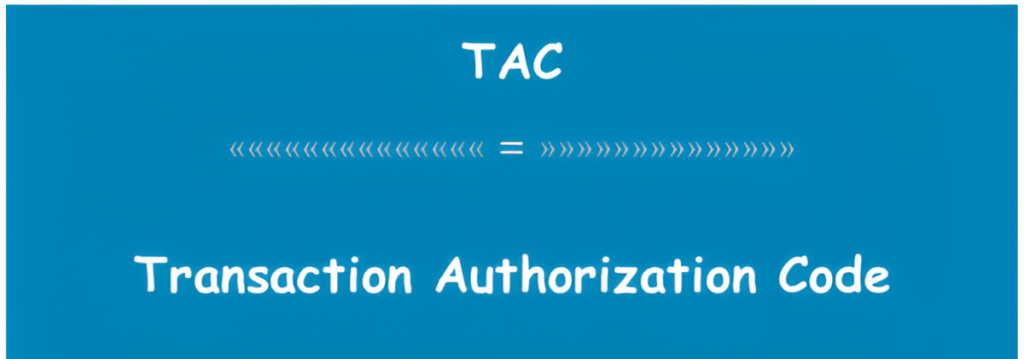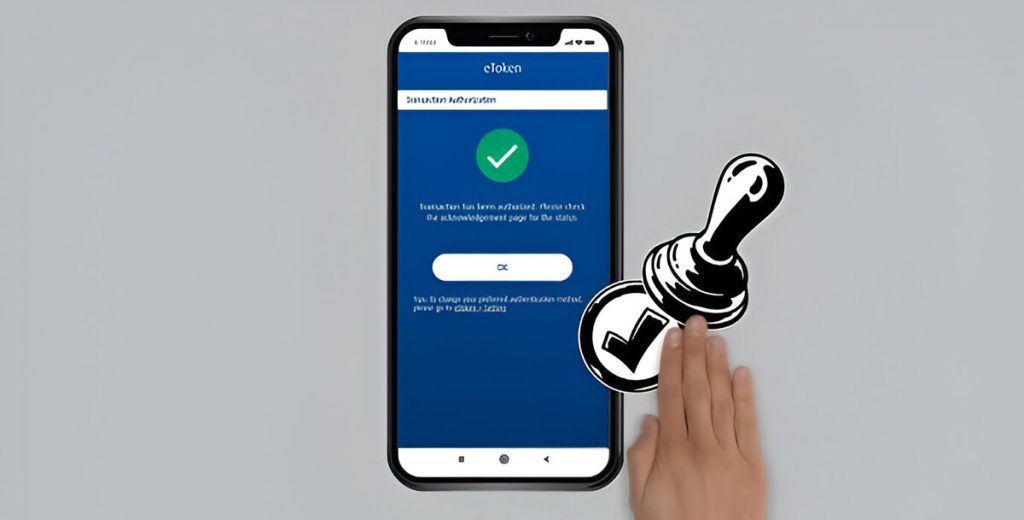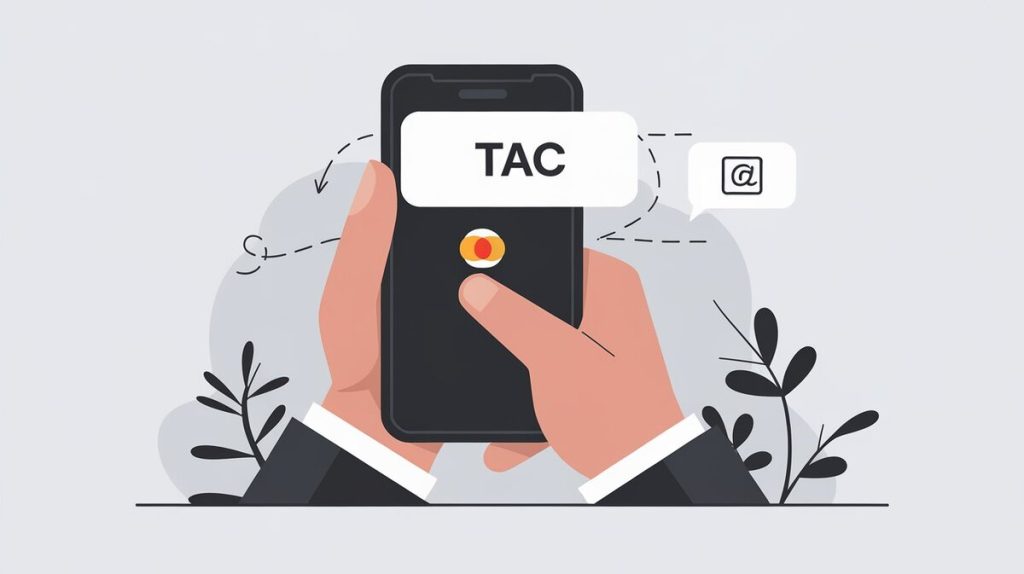Online transactions carry inherent risks, especially with the rise of digital commerce. A key method for securing these transactions is the Transaction Authorization Code (TAC). TACs are widely used in online banking and financial services to verify the identity of the user and to authorize financial actions. This article outlines how TAC works, its benefits, and its application in the real world, along with practical advice on securing transactions and preventing chargebacks.
How Transaction Authorization Code (TAC) Works
The Transaction Authorization Code (TAC) is a one-time-use, temporary code used to authenticate transactions. Typically, it is sent to the user via SMS or generated through an app when an online financial transaction is initiated. The user must enter the TAC to complete the transaction. This added layer of verification ensures that only the authorized account holder can approve the action.
Real-World Applications:
- Online Banking Transfers: When transferring funds or making payments, many banks send a TAC to the user’s registered phone to verify the transaction.
- Online Purchases: Some eCommerce platforms require a TAC to finalize credit card payments.
- Account Changes: When updating account details, banks often require TAC verification to ensure the user is authorized to make changes.
Benefits of Using TAC
TAC provides several key security advantages:
- Increased Security: TAC adds a second layer of verification beyond login credentials.
- Immediate Validation: TACs expire quickly (usually within minutes), limiting the window for fraudulent activity.
- Fraud Prevention: Implementing TAC reduces fraud by 45-50% in online banking, according to Visa and MasterCard studies.
Common TAC Use Cases
1. Mobile Banking Transactions
Most banks use TAC for mobile transactions. For instance, banks like Maybank and CIMB report that TAC systems have decreased unauthorized mobile banking activities by up to 60%. This system is particularly effective in mobile-first markets where smartphone usage for banking is widespread.
2. eCommerce Payments
TAC is often used in eCommerce to verify a customer’s identity during checkout. Payment processors like Stripe and Braintree use TAC as part of their multi-factor authentication systems to prevent fraud.
Challenges and Scams Involving TAC
Though TAC enhances security, it is not foolproof. Fraudsters often use social engineering tactics to trick users into revealing their TACs. According to reports by CelcomDigi, 30% of TAC-related fraud stems from phishing scams. In these scams, fraudsters may impersonate a bank or trusted source to extract a TAC from the user.
How to Protect Yourself:
- Do not share TACs with anyone.
- Verify the legitimacy of TAC requests before responding.
- Avoid TAC requests that seem suspicious or are unexpected.

How to Obtain and Update TAC
Financial institutions provide various ways to register and update TAC services for their users. Here are the typical methods:
Example Process at Maybank:
- Via SMS:
- Register your phone number with the bank.
- Request the TAC during a transaction.
- Enter the TAC received via SMS to complete the process.
- SecureTAC App:
- Download the bank’s app and enable SecureTAC.
- Approve transactions with one tap, bypassing the need for SMS-based TACs.
Updating TAC information is straightforward and can usually be completed online or through the bank’s app.
Merchanto.org: Key Player in Chargeback Prevention
One of the biggest concerns in the payment processing industry is chargebacks. Chargebacks are costly for businesses and can lead to significant revenue loss. Merchanto.org, a partner of Visa and MasterCard, specializes in reducing chargebacks by offering advanced fraud prevention tools. Merchants can leverage these tools to identify and stop fraudulent transactions before they result in chargebacks. For more details on chargeback solutions, visit Merchanto.org.
TAC and Fraud Prevention Statistics
The effectiveness of TAC in reducing fraud is backed by data. Below is a table illustrating how TAC implementation impacts fraud across various sectors:
| Sector | Fraud Reduction (%) | Annual Savings ($) |
|---|---|---|
| Retail Banking | 50% | $4.5 million |
| Online Retailer | 45% | $2.2 million |
| Financial Services | 60% | $3.8 million |
These results demonstrate how TAC can play a crucial role in safeguarding financial operations, cutting down on fraud, and protecting both merchants and customers.
The Importance of TAC in Today’s Financial Landscape
Global Adoption of TAC
With global eCommerce sales reaching over $5 trillion in 2023, securing these transactions is paramount. According to Visa and MasterCard reports, introducing multi-factor authentication methods like TAC has reduced unauthorized online transactions by 35%. Regions where online banking is prevalent, such as North America and Europe, have seen widespread TAC adoption in response to the growing threat of cyber fraud.

How TAC Compares to Other Security Measures
While TAC is a reliable tool, it is one piece of a broader security framework. Other security methods include biometric verification, One-Time Passwords (OTP), and token-based authentication.
Comparison of Security Methods:
| Method | Usage | Security Level | Time to Implement |
|---|---|---|---|
| TAC (SMS/App) | Online banking, eCommerce | High | Instant |
| Biometric | Mobile banking, high-risk apps | Very High | Varies |
| OTP | Multi-factor authentication | High | Instant |
| Token-Based | Enterprise systems | Very High | Days/Weeks |
TAC is widely regarded as a fast and highly secure method for online transactions. However, financial institutions may combine it with other methods for additional security.
Real-World Examples of TAC Use
Several payment processors have incorporated TAC to secure their platforms. For instance, Checkout.com integrates TAC within its API for enhanced transaction security, preventing unauthorized actions. Additionally, Braintree uses TAC in conjunction with other fraud prevention measures like transaction risk analysis.
The Future of TAC
As security threats evolve, TAC will likely continue to be a vital part of transaction security. Banks are now integrating AI and machine learning into their TAC systems to further bolster fraud detection. Biometric security, such as fingerprint or facial recognition, is also being paired with TAC to enhance the security of high-risk transactions.
Conclusion
The Transaction Authorization Code (TAC) remains a critical tool in securing financial transactions. By requiring an extra verification step, it reduces the likelihood of unauthorized transactions and enhances user trust. Coupled with chargeback prevention strategies from companies businesses can safeguard their operations while minimizing losses.
In the future, TAC will likely evolve with technology, remaining an essential part of the global effort to secure digital financial transactions.



